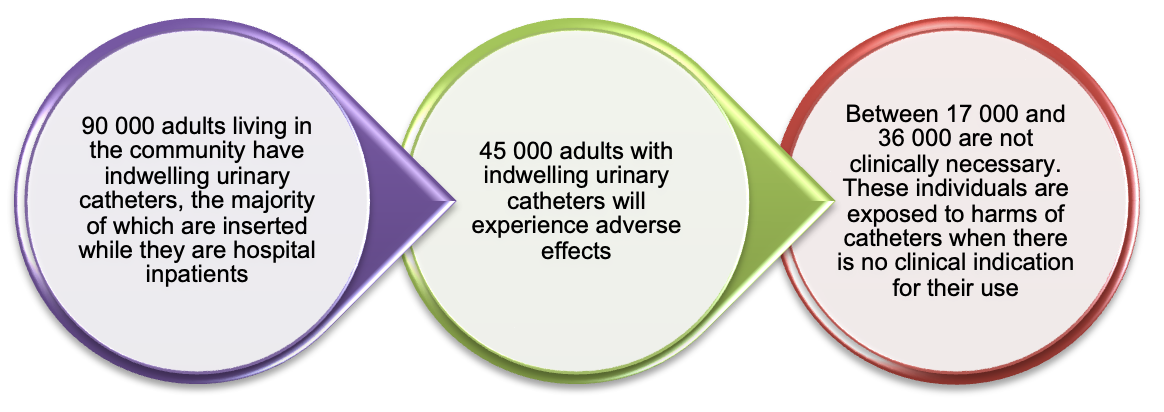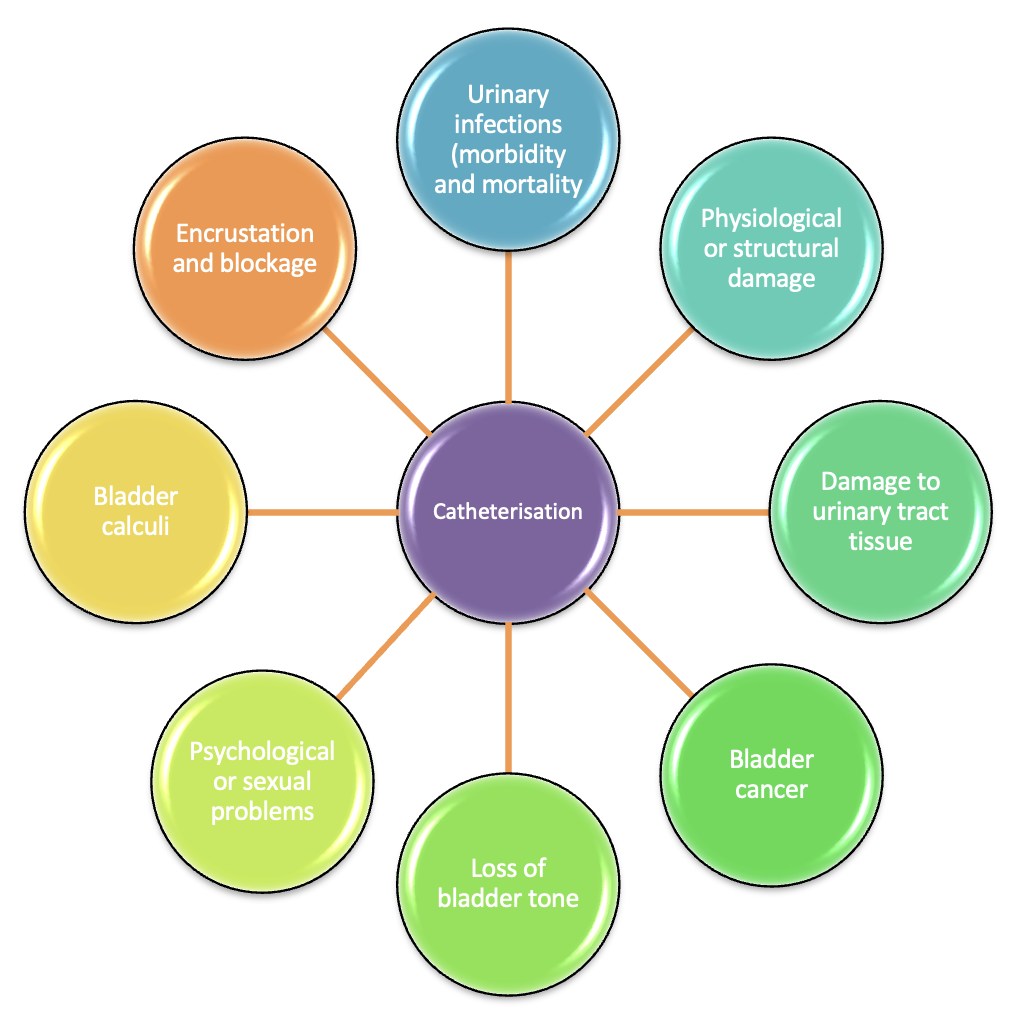Suprapubic trial without catheter in community settings
Author: Linda Nazarko, an independent consultant nurse

George McGregor is an 83-year-old man (the patient’s name and details have been changed to protect patient confidentiality). He has had a stroke in the past, and has some left-sided weakness and impaired mobility. Mr McGregor lives alone and has a four times a day package of care and support. He has an indwelling urethral catheter that becomes blocked at least once a week and he requires re-catheterisation often on a weekly basis. Strategies to reduce blockage, including bladder washouts, using a silver catheter and prescribing anticholinergics, have been unsuccessful, as was a community-based trial without catheter (TWOC). A suprapubic catheter was inserted in hospital in an effort to resolve the problem. This was unsuccessful and blockages continued. When the catheter blocked the community rapid response team would visit, attempt to unblock the catheter and re-catheterise if necessary.
Mr McGregor found this distressing and was becoming quite depressed. His medical records did not indicate why he had been catheterised. Mr McGregor did not know why he had originally been catheterised and his family were also unaware.
Mr McGregor was under the care of urology and the urology consultant had inserted the suprapubic catheter in an effort to resolve his bladder problems. He was reviewed by the urologist, who advised that Mr McGregor had prostatic hypertrophy. He was commenced on tamsulosin and finasteride and a TWOC planned 3 months later.
This planned TWOC was successful. Mr McGregor was able to void but complained of severe dysuria. He was treated with an antibiotic on urology advice and the dysuria settled.
Although consulting with urology and carrying out a TWOC was time consuming it made a huge difference to Mr McGregor’s quality of life, reduced the community nursing workload and ultimately was cost effective.

| Table 1. Assessing suitability for home-based trial without catheter (TWOC) | |||
| Concern | Urethral catheter | Suprapubic catheter | Action |
| Issues with urinary output | Renal failure, cardiac failure | Renal failure, cardiac failure | Seek specialist advice as some degree of heart or renal failure is common in older people |
| Risk of bleeding | If the person is taking anticoagulants | If the person is taking anticoagulants | Seek specialist advice from haematology. If a person is on warfarin and their INR (international normalised ratio) is within range or if the person is on a non-vitamin K antagonist oral anticoagulant such as rivaroxaban or dabigatran and there are no signs of overdose it may be acceptable to do a TWOC at home |
| Requires continuous supervision | May have cognitive impairment or dementia and inability to follow instructions | May have cognitive impairment or dementia and inability to follow instructions | People with cognitive impairment may find a TWOC clinic very distressing and will do better in a familiar environment. Check if the person has a caregiver, spouse or relative who can spend the day with the person and is able to supervise and to contact the nurse if there are concerns |
| Possible problems with re-catheterisation | If it likely that any required re-catheterisation would be difficult | This is not a concern with a suprapubic TWOC as the catheter will not be removed until it is clear the person can void | Check if the patient has a history of any problems with re-catheterisation. If so, refer to a hospital-based TWOC clinic |
| Complex needs | Risk of acute urinary retention, possible delay in attending to patient and potential delay in catheterisation | This is not a concern with a suprapubic TWOC as the catheter will not be removed until it is clear the person can void | With urethral catheters refer to a hospital-based TWOC clinic |
| Based on Royal College of Nursing (2021) | |||
| Time | Fluid intake: type and amount (ml) | Intake running total | Urine passed(ml) | Output running total | Continent void? (yes/no) |
Post-void residual volume by bladder scan (ml) |
| Time of TWOC am/pm |
||||||
| Time post-TWOC 1 hour |
||||||
| 2 hours | ||||||
| 3 hours | ||||||
| 4 hours | ||||||
| 5 hours | ||||||
| 6 hours | ||||||
| 7 hours | ||||||
| 8 hours | ||||||
| 9 hours | ||||||
| 10 hours | ||||||
| 11 hours | ||||||
| 12 hours |
